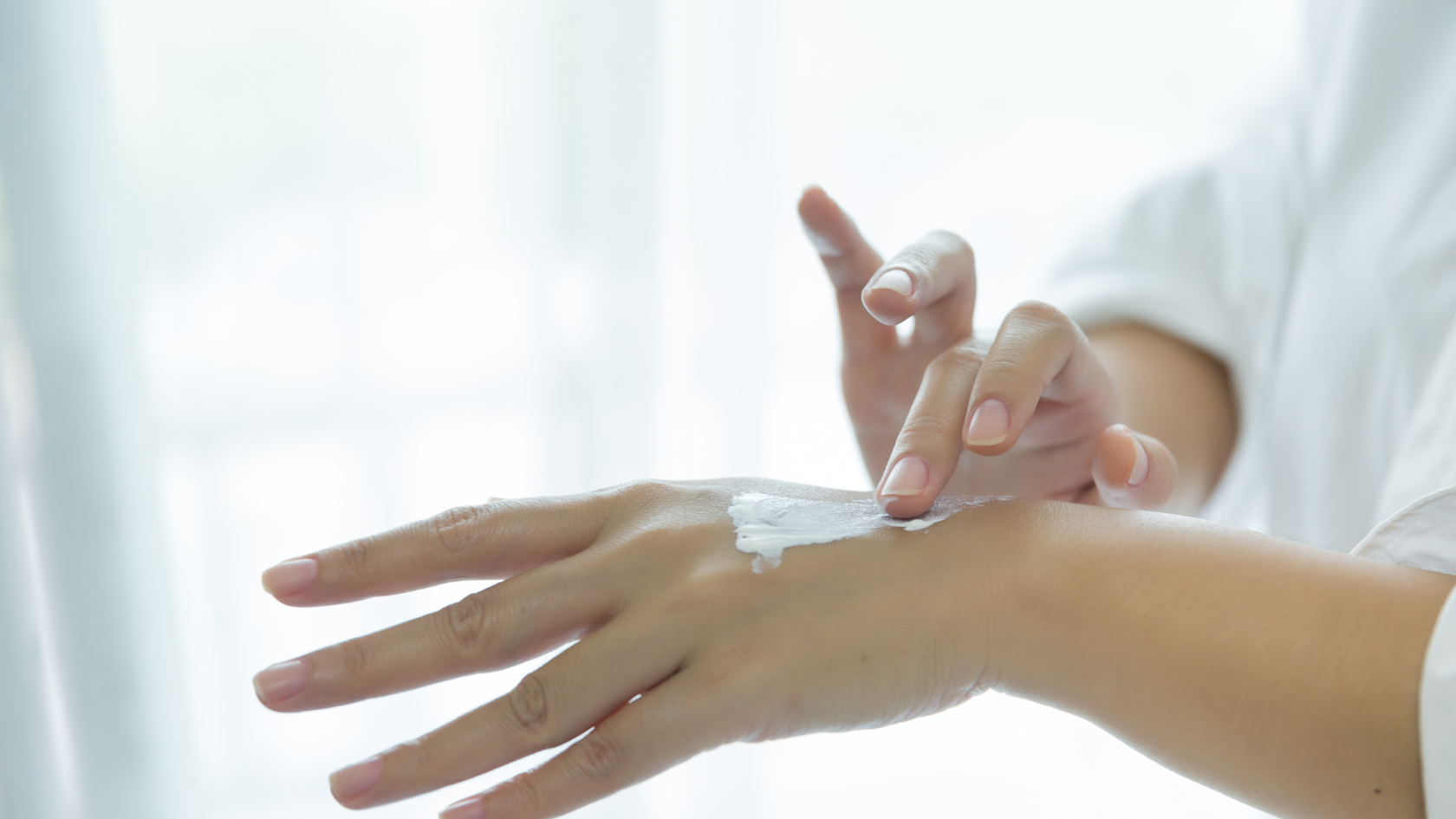You want clear answers about topical gel for testosterone therapy? I’ve read the latest trusted sources so you don’t have to. In this guide, I’ll explain what it is, how it works on your skin, how to apply it correctly, and what to watch for. You’ll find simple steps you can follow today.
You’ll also learn the safety rules doctors recommend: where to apply the gel, how long to wait before showering, how to avoid transferring it to family members, and which lab tests to monitor. I’ll keep it straightforward and practical so you can talk to your clinician with confidence.
Key Takeaways
- Testosterone gel is a prescription skin treatment applied each morning to upper arms or shoulders, raising levels to a steady, mid-normal range.
- Treatment begins with confirmed low testosterone by two morning tests; clinicians set dosing, monitor hematocrit and PSA, and consider fertility plans.
- To reduce transfer risk, let gel dry, cover with clothing, wash hands after applying, and avoid skin contact with family until washed.
- Wait at least two hours before showering or swimming with AndroGel 1.62%; the alcohol base is flammable when wet, so avoid flames.
- Benefits may include improved sexual desire, erectile function, anemia, bone density, lean mass; common side effects include skin irritation, acne, and increased red blood cells.
Table of Contents
What Is Topical Gel In Testosterone Therapy?
When people say Topical gel for testosterone, they mean a prescription skin gel that delivers testosterone through your skin into your bloodstream. Common brands include AndroGel 1.62% and generic “Testosterone Gel 1%.” These products come in pumps or packets with fixed amounts per “pump” or packet. You spread a thin layer on clean, dry skin once each morning.
The hormone moves across the skin barrier and raises your blood testosterone to a target “mid-normal” range. Your clinician adjusts your dose based on blood tests and symptoms.
Where you apply matters?
Most testosterone gels are approved for the upper arms and shoulders (areas a short-sleeve shirt covers). Some 1% gels may also allow the abdomen, but always follow your product’s exact label. Do not apply to the genitals or broken skin.
After you rub it in, let it dry, then cover the area with clothing. Wash your hands right away with soap and water. These steps lower the risk of getting gel on someone else.
Timing and water exposure also matter. With AndroGel 1.62%, avoid showering, swimming, or washing the site for at least 2 hours after you put it on, so the medicine can absorb. Other gels may require different wait times, check your label or pharmacist.
Also, avoid flames or smoking until the gel dries because the base is alcohol-based and flammable when wet.
Prevent skin-to-skin transfer. Testosterone gel can rub off on others, especially women or children, and may cause hair growth, acne, or other hormone effects. Keep the site covered after it dries. If you expect close contact, wash the area with soap and water first.
If unwashed, untreated skin touches your application site, have the other person wash the contact area with soap and water right away.
Benefits, Risks, And Monitoring You Should Know
If you have confirmed low testosterone and symptoms (like low sex drive, fatigue, low mood, or low bone density), Topical gel can help. Studies and guidelines say therapy can improve sexual desire, erectile function, anemia, bone mineral density, lean mass, and sometimes mood.
But it is not a quick fix, and results vary. Your goal is steady levels in the mid-normal range with good symptom control and few side effects.
Before You Start: Tests And Safety Checks
Your clinician should confirm low testosterone with two separate morning blood tests, review your symptoms, and check for causes (like pituitary issues or medicines). Baseline safety checks usually include hematocrit/hemoglobin (to screen for thick blood), PSA and prostate assessment (if you’re 40+ or at risk), and a plan for follow-up.
Men who want fertility should avoid testosterone because it can lower sperm production; talk about alternatives.
Common side effects
The side effects of gels include skin irritation at the application site, acne, oily skin, and increased red blood cell count (polycythemia). Rarely, swelling of feet/ankles, breast tenderness, or mood changes occur. Because gels can raise red blood cells, your clinician will recheck hematocrit (usually at 3–6 months and then yearly) and adjust the dose or pause therapy if it gets too high.
They’ll also monitor testosterone levels and review prostate risk as recommended in guidelines.
Safety red flags and who should not use it
Men with known or suspected prostate or breast cancer; people with very high hematocrit; those with uncontrolled heart failure; and others where the risks outweigh benefits.
Cardiovascular safety data are mixed; large guidelines recommend shared decision-making while aiming for mid-normal levels and close monitoring. Always follow your clinician’s advice and your product’s Medication Guide.
How dose changes happen?
Your dose is individualized. For example, AndroGel 1.62% delivers 20.25 mg testosterone per pump actuation; a common starting dose equals two pumps daily (40.5 mg), then your clinician adjusts based on blood tests and how you feel. Never change your dose without medical guidance.
Ready For Gel? Start Smart
Frequently Asked Questions
With AndroGel 1.62%, wait at least 2 hours. Other gels may differ—check your label or ask your pharmacist.
Let it dry, cover the site with clothing, and wash hands right after applying. Wash the site before close skin contact.
Apply it when you remember that same day. If it’s almost time for the next dose, skip the missed one and don’t double up. Ask your clinician for your product’s exact advice.
Some people notice changes in energy or sex drive in a few weeks; others take longer. Your dose may be adjusted after follow-up labs.
Expect checks of testosterone levels, hematocrit, and prostate risk (PSA for many men over 40), especially during the first year.
Yes. The product is alcohol-based before it dries. Avoid flames or smoking until it dries completely.
Pumps or packets deliver a set milligram amount per use (for example, 20.25 mg per pump with AndroGel 1.62%). Your clinician sets and adjusts the dose.

